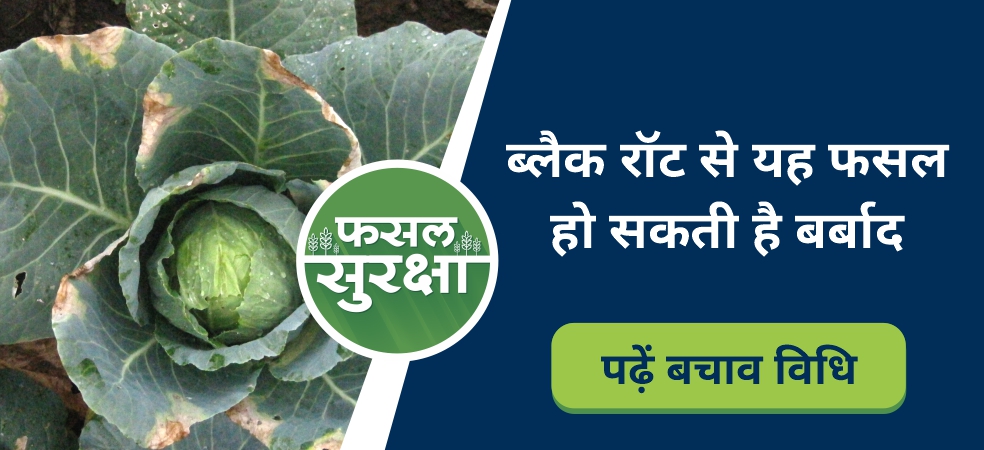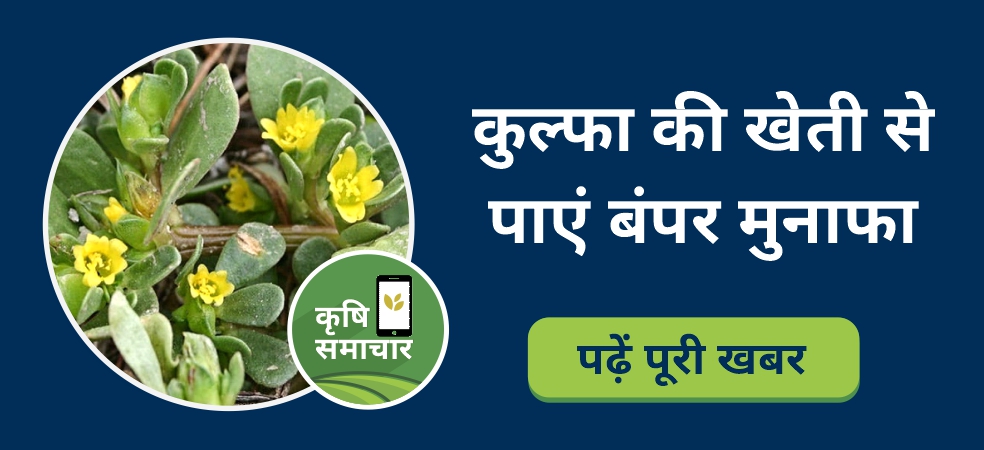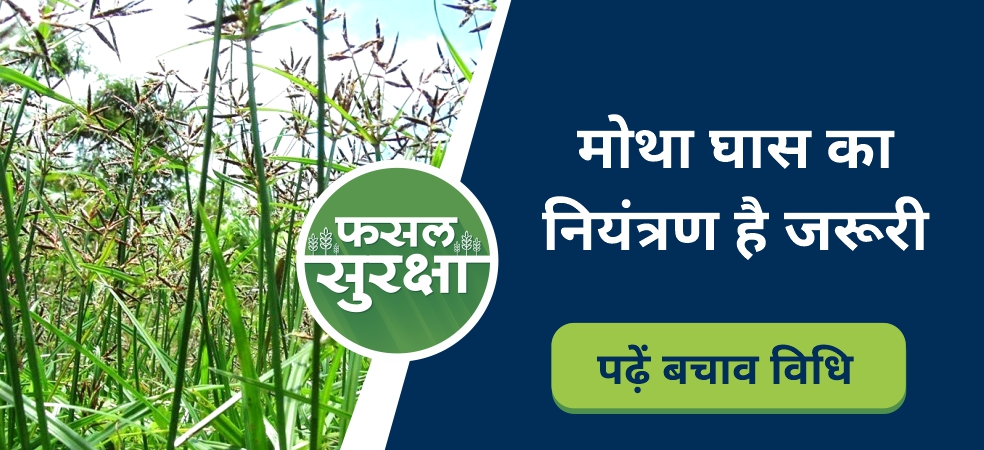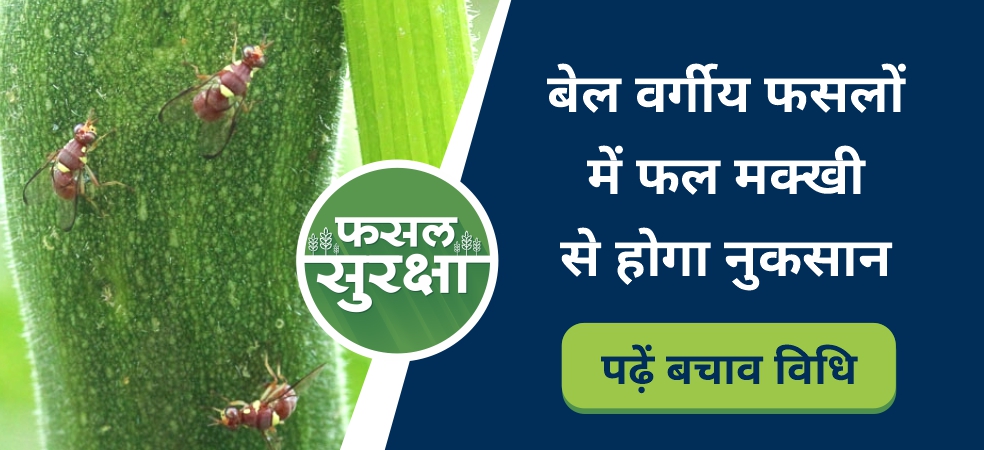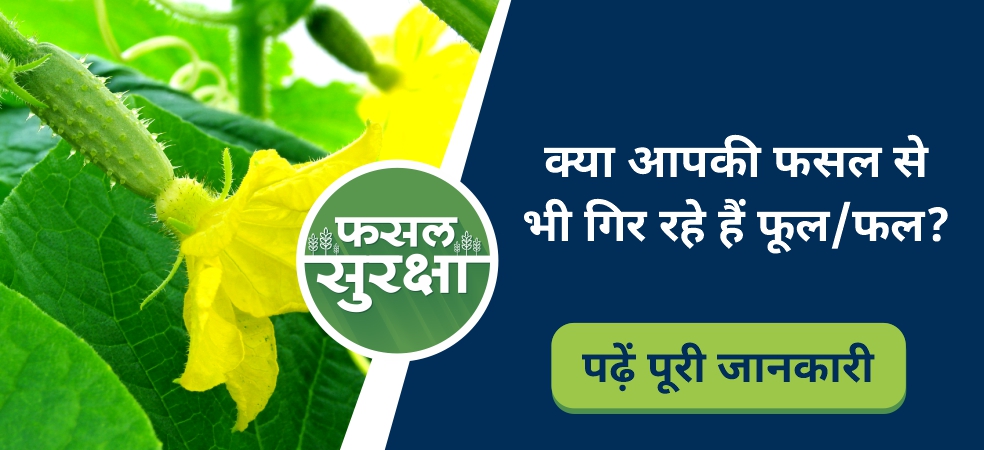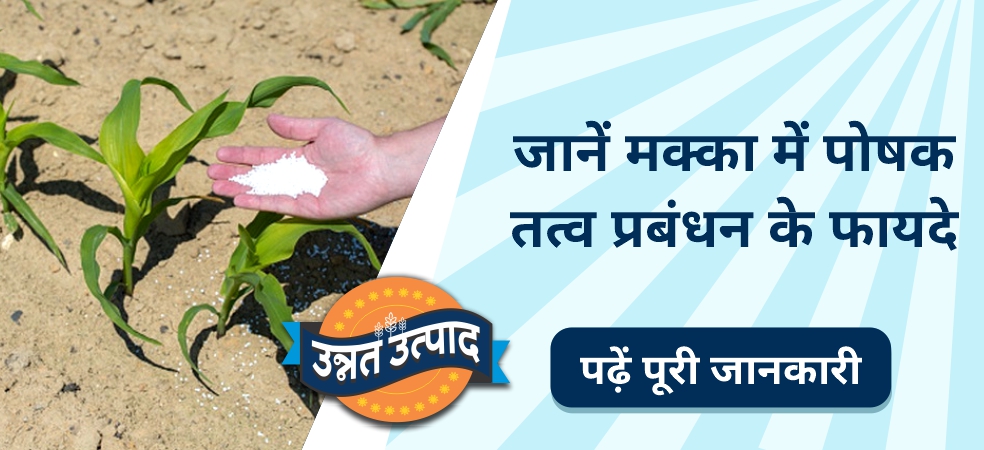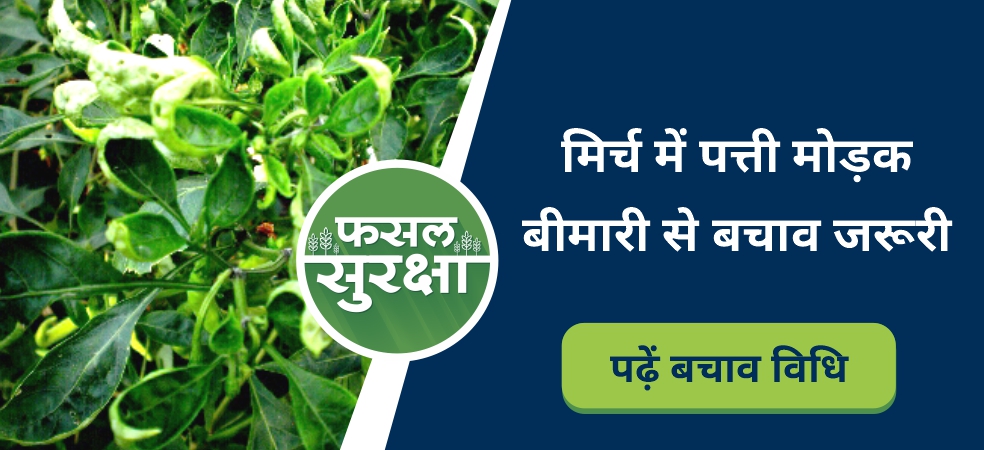Symptoms of damage
This disease is caused by a bacterium called Xanthomonas campestris pv. It is most destructive in cabbage and cauliflower. Symptoms of this disease usually begin with yellowing on the edge of the leaf. And ‘V’ shaped spots are formed and appear like cyanosis and soaked in water. Later the veins of infected leaves turn black, in case of severe infection, the disease also appears on other parts of the cabbage. Due to which the flower stalks turn black from inside and start rotting. Eventually rotten and die.
preventive measures
For biological control, spray Monas Curb (Pseudomonas fluorescens) @ 500 gm/acre @ 150-200 Ltr of water.
ShareFor more such important information related to the agriculture sector, keep reading the articles of Gramophone daily. If you liked today’s information, then do not forget to like and share

